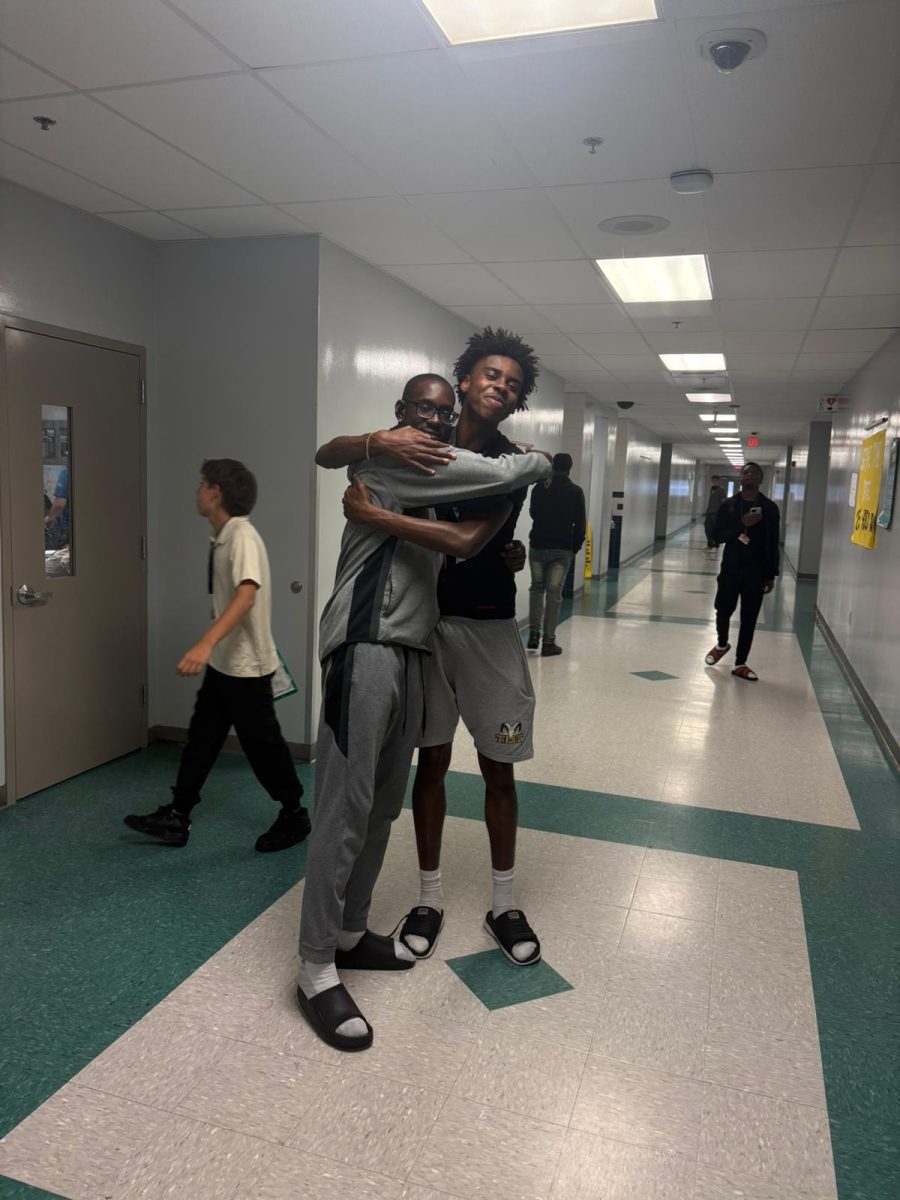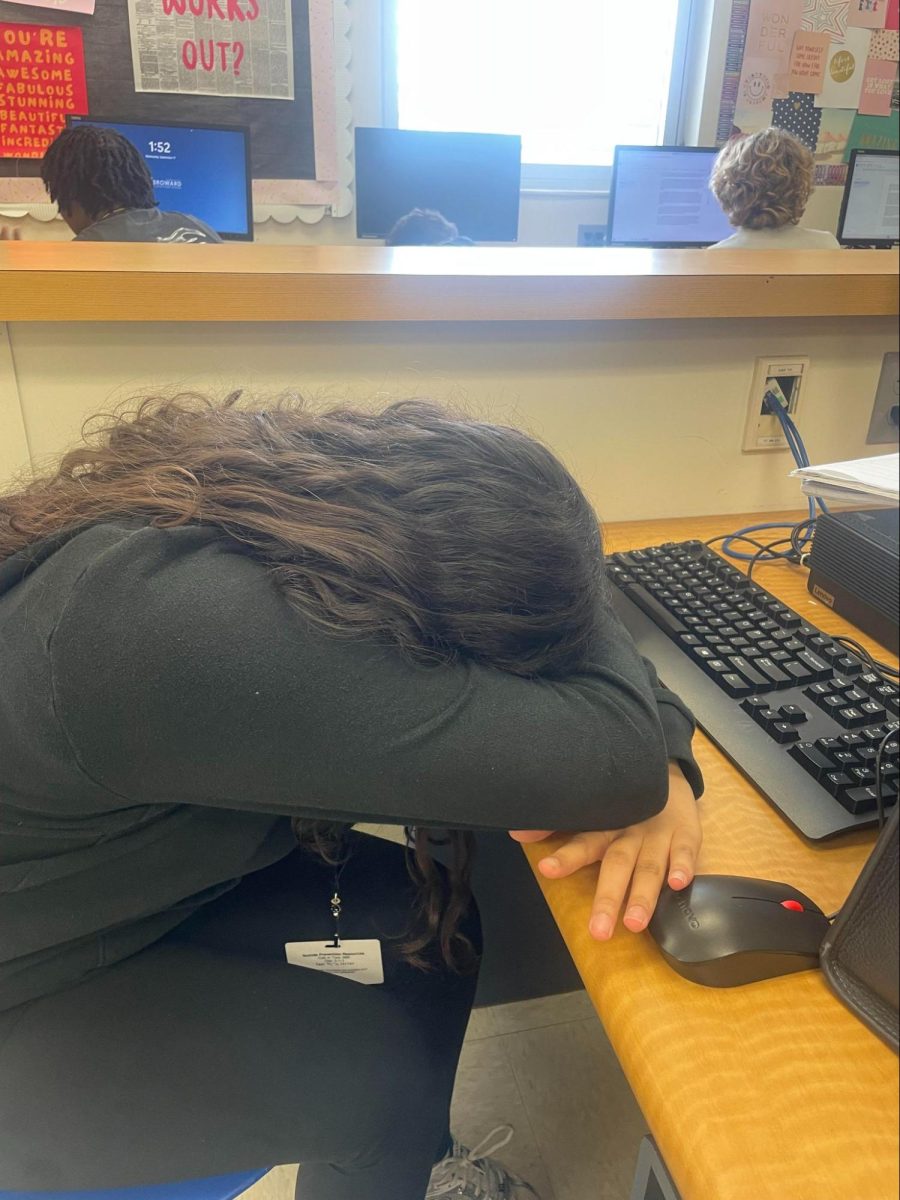One out of every 26 new apartments built nationwide since just before the pandemic has been constructed in South Florida. An expected 14,000 will be built by the end of the year.
Between July 2021 and July 2022 alone, Florida’s population increased by more than 400,000 making it the fastest-growing state for the first time in 65 years for a place that already has the third-largest population in the country. It’s like adding another Miami (440,000) in just a year.
For retirees and young people alike, people have been moving to the Sunshine State, by an average of 295,000 people per year.
Florida was one of the most desired states for relocation after the pandemic. Its favorable job opportunities, tax laws, warm winters, and beautiful beaches – compared with expensive markets in New York, California, and the Northeast – brought people in record numbers. The state’s less restrictive reputation was a draw for some people. Florida became the permanent home for 91,201 New Yorkers, according to 2022 Census Bureau data.
Yet, Miami has become the most unaffordable housing market in the country, currently more unaffordable than New York or San Francisco.
“Where are people going to live when things get worse?” said Alicia Coronel. “And if this keeps going it looks like it is getting worse.”
Tens of thousands of more apartments does not mean renting becomes more affordable. Even more telling is that Hialeah, which is often considered an inland working-class municipality far from any beach or hotel is the 7th most unaffordable, according to RealtyHop, which compares the ratio of median income to home prices in each city. The cost of living in Miami is about 30.3% above the national average.
“People have become used to spending half their income on housing. And that was before COVID,” said Paris Crooks, a senior.
Miami had a one-bedroom apartment’s median rent of slightly over $2,800 last month, which was the fourth-highest. Even though thousands of new units are entering the market, that is a 4.5% rise from a year ago. The high average rent suggests most average rents would be considered luxury-level apartments.
The sand and sea of Miami are powerful draws, but simply being next to the ocean introduces challenging conditions for structures. Left unmonitored, even massive buildings can surrender to limestone and wet sand.
In 2021, the 40-year-old Champlain Towers South condominium in Surfside, north of Miami Beach collapsed. This killed 98 people. They cited construction flaws in the building’s pool and possible saltwater corrosion of rebar.
This caused Florida’s apartment market to undergo a fundamental change. Senate Bill 4-D introduces new regulations going into effect at the end of the year designed to make older condo buildings more structurally and financially secure. Unfortunately, the burden of these changes often falls on the condo owners. Miami-Dade County has offered interest-free loans of up to $50,000 for special examinations tied to condominium recertifications.
Miami-Dade County Mayor Daniella Levine Cava declared an affordability crisis and announced the implementation of the Building Blocks program in April of this year. This hopes to bring relief to residents by “expanding local protections and increasing the supply of affordable and workforce housing.”









